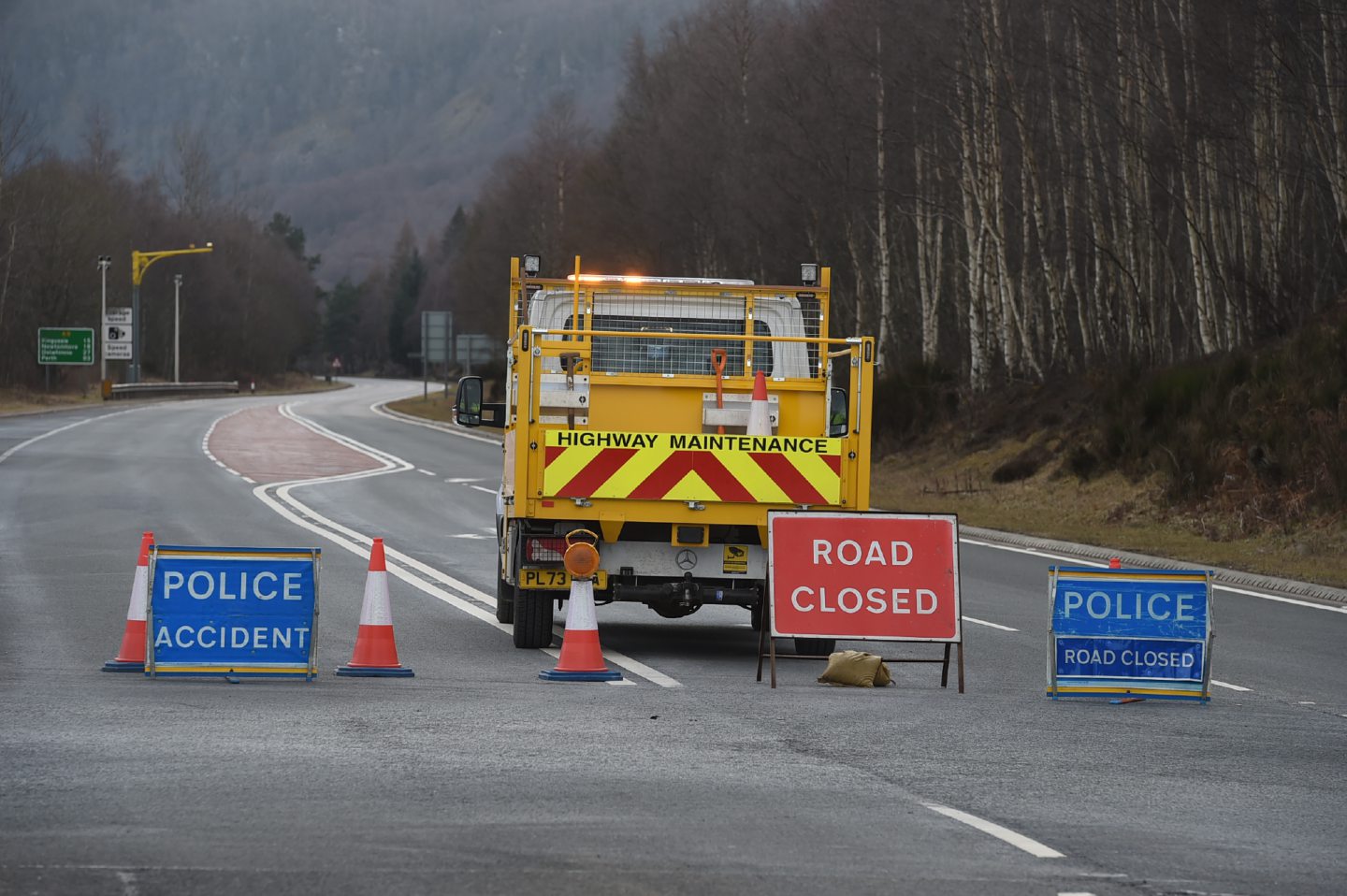It isn’t often that a meeting of the Citizen Participation and Public Petitions Committee is the highlight of the day at the Scottish parliament.
This is particularly true when it is held in such a momentous week as this one at Holyrood, when we saw the official resignation of a first minister, the election of his successor, and the formation of a new cabinet.
However, for people in the Highlands, at least, former First Minister Alex Salmond’s appearance before the committee to try to explain why the dualling of the A9 has been delayed yet again was of great interest.
The upgrade of the road, due to be completed by next year, may not now be dualled until 2035, it has been announced. This is despite it being a manifesto commitment when the SNP was first elected to government in 2007.
At that time, no completion date was given, but this changed after the SNP won its second term in office in 2011. Then, Infrastructure Secretary Alex Neil gave 2025 as the completion date, with the road to be upgraded in 11 sections.
What happened after that to delay the project by a decade, the committee wanted to know. Mr Salmond was unable to enlighten them much. When he left office in 2014, he claimed, the project was still on track, with no delay to the upgrade, and two of the sections already signed off and ready to go.
Excuses from the SNP government over delays to dual the A9 on time are “pathetic”, Alex Salmond told MSPs probing the long overdue project he first promised in 2008: https://t.co/B4Yu3DUlMv
— Adele Merson (@adelemerson_) May 8, 2024
There was, he added, money available in the capital budget, and he dismissed suggestions that inflation, Brexit, or wars in Ukraine and the Middle East could be responsible. The only reasonable excuse, he said, was the Covid pandemic, but this could only be considered responsible for a delay of two years at most – not 10.
In Mr Salmond’s time as first minister, the minister responsible for the A9 project was Alex Neil. Mr Neil is no longer an MSP, but Mr Salmond suggested it might not be a bad idea to bring him back as some kind of “A9 czar”, to drive the upgrade forward.
Imbalance between Highlands and Central Belt may soon be redressed
The SNP Government actually has a very good record of completing major infrastructure projects. In its time in office, we’ve seen the building of the Queensferry Crossing, as well as completion of the M8, M74, and M80, along with the Aberdeen Western Peripheral Route.
However, the failure to complete the A9 upgrade is the one serious blot on its record.
Everyone who drives on the A9 can recount stories of horror crashes or near misses
Mr Salmond was at pains to say the timetable was in good shape when he stepped down from office in 2014. As Belfast residents often say about the Titanic: “It was fine when it left here.”
It is widely thought, though Mr Salmond would not comment on it, that the fact that his two successors as first minister were both Glasgow Central Belt MSPs has had some bearing on the loss of focus on the A9 and other Highland projects. Hopefully the new leadership team of John Swinney and Kate Forbes will go some way to redressing this imbalance.
Safety is the real reason upgrade must happen
The completion of the road, when it finally comes, will undoubtedly be a major boost to the economy of the Highlands. But we should never lose track of the real reason for the upgrade: safety.
Those of us who use the road on regular occasions know how dangerous it can be. Everyone who drives on it can recount stories of horror crashes or near misses.
Indeed, at the start of the process, road safety was the major driving force, not the economy. And it’s worth remembering that, over the past 40 years, around 350 people have tragically lost their lives on the road.
One final point. I’m not a supporter of Alex Salmond’s Alba Party. But, his performance at the committee on Wednesday was a masterclass, and reminded us all what a loss he has been to frontline Scottish politics.
Campbell Gunn is a retired political editor who served as special adviser to two first ministers of Scotland, and a Munro compleatist


Conversation